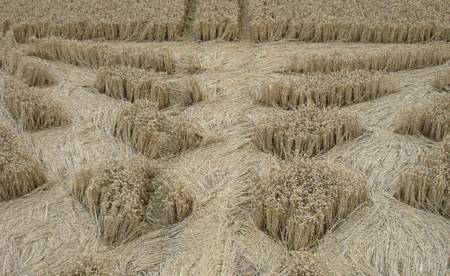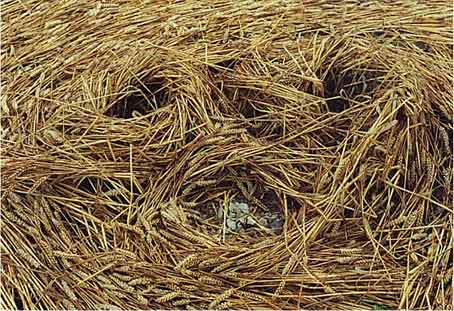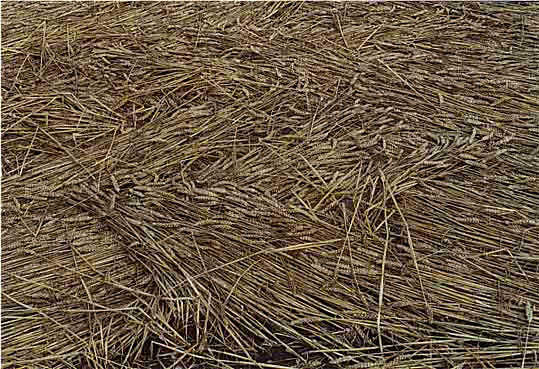http://www.air-attack.com/news/article/ ... ckets.html
Near space: balloons, satellites, and suborbital rockets
Published: Jul 25, 2005
Source: www.thespacereview.com
The Air Force is looking at using balloons in so-called "near space" to provide communications and reconnaissance services for tactical forces. Taylor Dinerman looks at the effectiveness of this approach versus using satellites and suborbital RLVs.
The enthusiasm of the Air Force’s leadership for “near space” vehicles is undiminished. They foresee that these craft will resemble inflatable aerostats or balloons and will dwell, for months at a time, at over 20,000 meters, where they will provide a variety of functions for US forces within a given theater of operations, such as Iraq. The roles they are considering include communications relays as well as intelligence, surveillance, and reconnaissance (ISR).
http://www.air-attack.com/news/article/ ... lasts.html
Airborne Laser successfully fired multiple long-duration blasts
Published: Feb 20, 2009
Source: Northrop Grumman
Northrop Grumman-Built Laser Demonstrates Long-Duration, Lethal Lasing Onboard Airborne Laser Aircraft
REDONDO BEACH, Calif., Feb. 19, 2009 (GLOBE NEWSWIRE) -- The high-energy laser built by Northrop Grumman Corporation (NYSE:NOC) successfully fired multiple long-duration blasts onboard the U.S. Missile Defense Agency's (MDA) Airborne Laser (ABL) during intensive ground tests concluded Feb. 12.
Lasting up to three seconds each, the lethal-power firings were conducted to 'tune' the megawatt-class laser by adjusting and balancing the mixture of chemicals that fuel its engine for peak operating efficiency. These settings can now be used for future testing, including the planned shoot down of a ballistic missile later this year.
"The hallmarks of these latest firings are durability and repeatability," noted Dan Wildt, vice president of Directed Energy Systems for Northrop Grumman's Aerospace Systems sector. "The duration of each firing of the megawatt-class laser was limited only by ground equipment."
Long-duration operations of the Chemical Oxygen Iodine Laser (COIL) followed 'first light' of the high-energy laser through ABL's onboard beam control / fire control (BC/FC) system in the aircraft's hangar at Edwards Air Force Base, Calif., in November 2008. They were conducted by MDA, ABL prime contractor The Boeing Company (NYSE:BA), and Northrop Grumman.
"Our highly experienced ABL workforce has done an outstanding job of reaching this critical point in ground testing," noted Guy Renard, Northrop Grumman's ABL program manager. "These dedicated employees have made huge technical strides toward providing our country with speed-of-light capability to destroy all classes of ballistic missiles in their boost phase of flight."
For long-duration laser operations, the megawatt-class laser was fired into a calorimeter onboard the aircraft. The calorimeter is a test instrument that captures and measures beam power. Each long-duration test provided the necessary data used to quickly evaluate and 'tune' the megawatt-class laser for peak operation.
The tuned high-power laser will be fired through the on-board BC / FC system into a range simulator to complete ABL's weapon system ground testing phase in the next few weeks, clearing the ABL system to begin weapon system flight tests.
The ABL aircraft consists of a modified Boeing 747-400F whose back half holds the high-energy laser, designed and built by Northrop Grumman. Before being installed, the high-energy laser completed rigorous ground testing in a laboratory at Edwards AFB. The aircraft's front half contains the beam control/fire control system, developed by Lockheed Martin (NYSE:LMT), and the battle management system, provided by Boeing.
Northrop Grumman Corporation is a leading global security company whose 120,000 employees provide innovative systems, products, and solutions in aerospace, electronics, information systems, shipbuilding and technical services to government and commercial customers worldwide.
--- ends ---
The spece weapon industry's PR dept. would have us believe that we- well, they- certainly are not capable of enacting any cropcircle or bluebeam grades of tech, but don't ya' think they were a little farther along than these press releases would have indicated at the time ?





